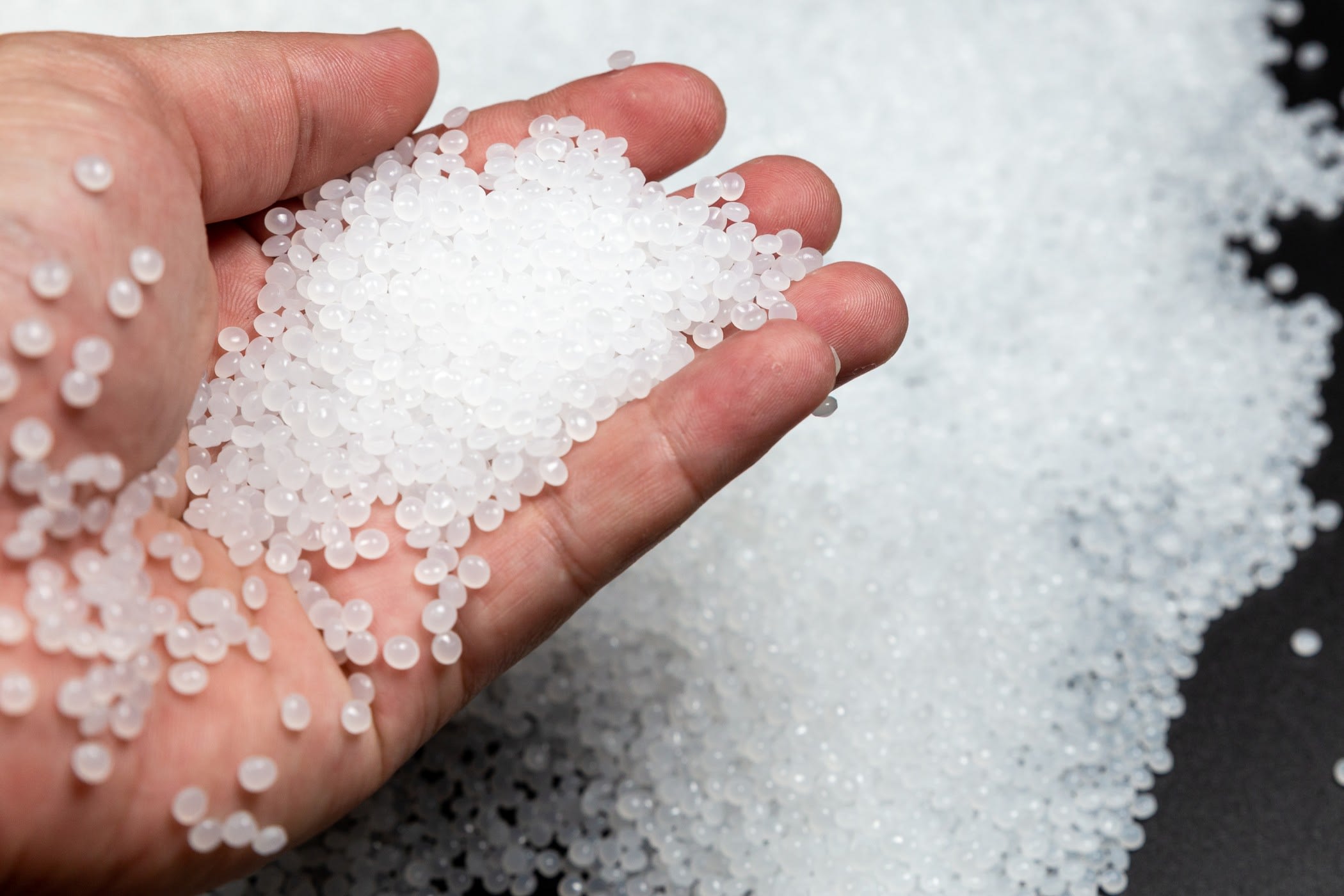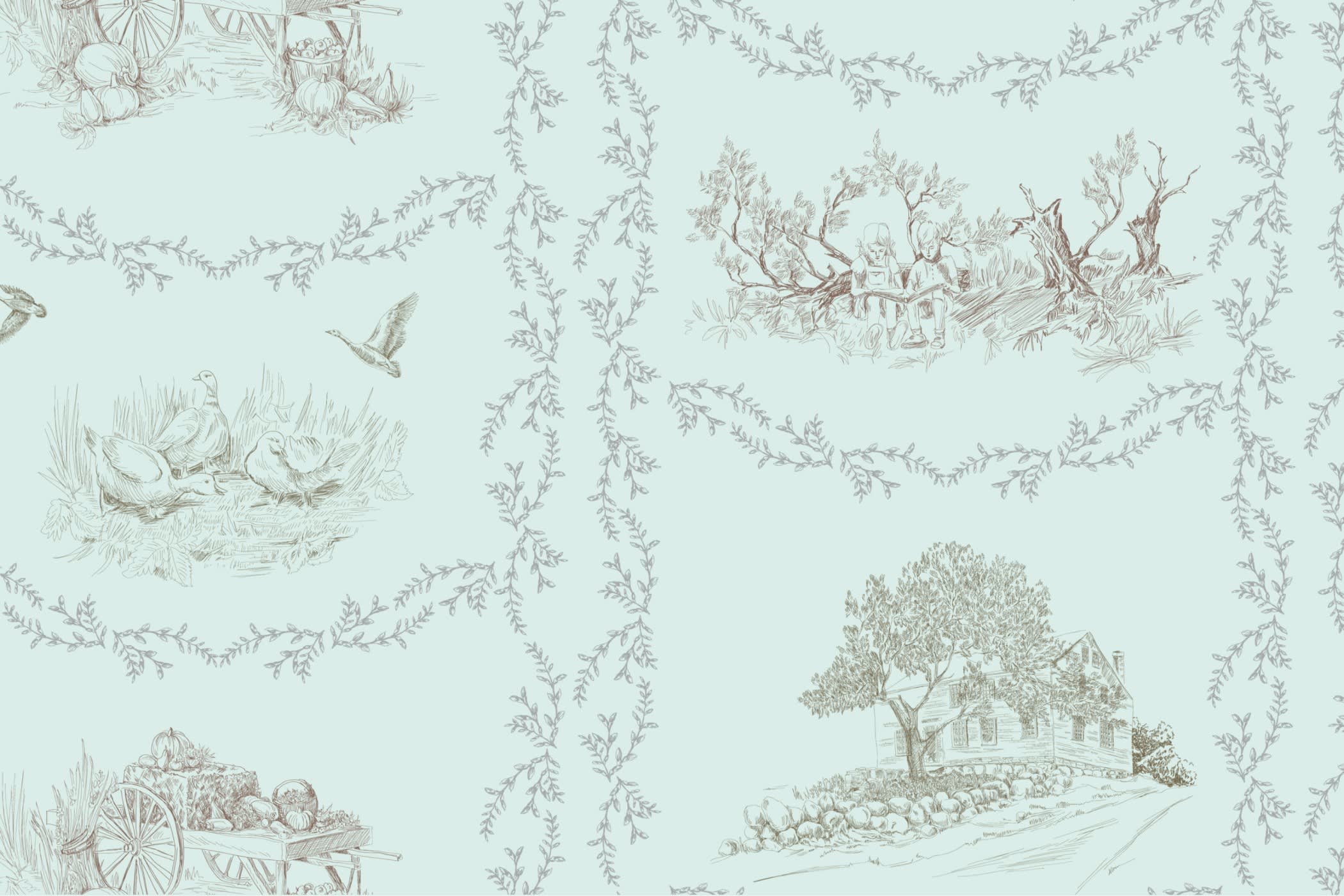Fabric Knitting Methods of The Textile Industry

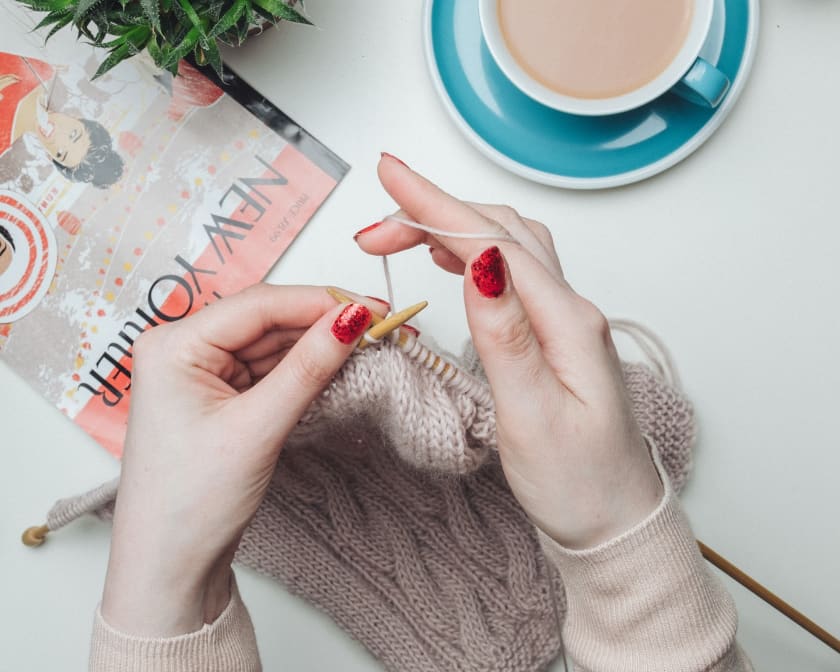

What Exactly Is Knitting of Fabrics?
In layman's terms, knit fabric is a form of fabric created by the knitting process. Knitted textiles differ from their woven counterparts in their characteristics. Fabric knitting is basically the process of interlacing yarns or intermeshing loops. Knitted textiles may be produced in smaller numbers, making them perfect for goods like hats and socks.
Knit fabric is a textile created by interconnecting yarn with long needles. Knit cloth is classified into two types: weft knitting and warp knitting. Weft knitting is a fabric knit in which the loops run back and forth whereas warp knitting is a fabric knit in which the loops go up and down.
Knit fabric is used to manufacture things such as shirts and t-shirts, sportswear, sweaters, swimwear, sweatshirt, leggings, socks, and cardigans. Knitting machines are the principal makers of contemporary knit textiles; however, the material can also be hand-made using knitting needles.
Knit fabric is a type of textile made by interconnecting yarn with needles. Knit cloth is divided into two types: weft knitting and warp knitting. The difference between both is that loops run back and forth in weft knitting and loops go up and down in warp knitting.
Tricots and Milanese are warp-knitted textiles that are resistant to runs and are widely used in lingerie. Weft-knit textiles are more prevalent and easier to produce. They unravel (run) when cut and must be restored.
A garment made with specific needles and yarn is an example of knitting. A knit is a fabric or garment created by linking interconnected loops of yarn or thread in rows of stitches. A knit is a garment or sweater composed of interconnected yarn loops.
Weaving, knitting, felting, lacemaking, and bonding are all ways of fabric manufacturing. Because the way a fabric is made affects how it appears, handles, and behaves, it is critical to be able to recognise and distinguish between basic fabric manufacturing methods.
Jersey knit textiles are the most popular form of knit fabrics because to its wide range of colours, patterns, and helpful consumer features - they are comfortable, soft, and elastic. Interlock. Interlock knit, unlike jersey, has lengthwise ribs on both sides and looks the same.
Fabrics are classified into two categories: natural and synthetic. Wool, cotton, silk, and linen are natural fabrics made from animal coats, cotton-plant seed pods, silkworm fibres, and flax (fibre from a plant stalk, respectively).
Fabric Knitting Methods used In the Textile Industry
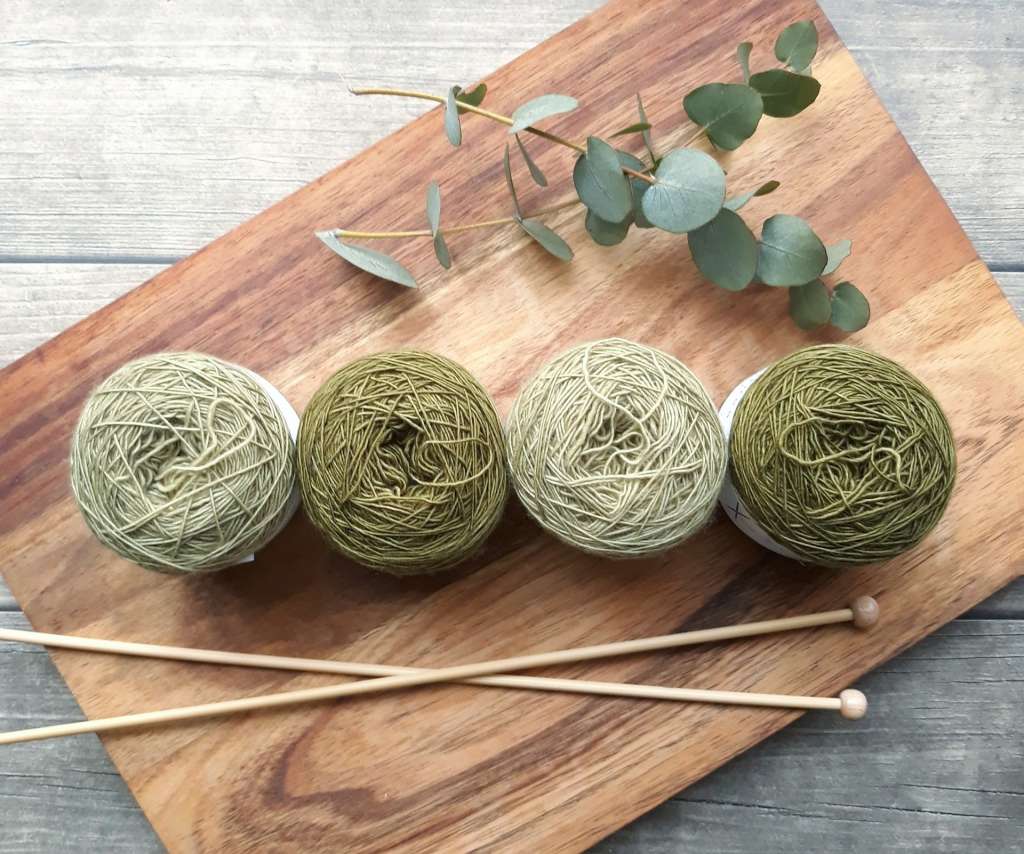
Knitted textiles are created using needles and are porous, lightweight and stretchy. Knitted textiles are classified into two types: weft-knit fabric and warp-knit fabric. These are the varieties of textiles knits that are used in the textile business:
- Jersey Knitting
Jersey knit produces a single knit fabric which is lightweight. This fabric is popular for producing t-shirts and dresses. Knitted fabrics have a nice drape and may be created from a variety of fibres, including wool and silk.
- Knitted from elastane
In everyday life, elastin knit materials are regularly used. These materials offer the same level of comfort as cotton and are simple to knit. Lycra is the most common fabric made with this type of knit. Because of their softness, these materials are ideal for constructing nightwear.
- Rib Knit
Rib knit produces fabrics with distinct ribs on both sides. Reversible textiles are manufactured from this sort of yarn. This yarn is widely used to construct turtleneck bands and neck bands on t-shirts. This knit is used to make cardigans, sweaters, camisoles, and other garments. With Fabric Knitting Methods, rib knit may be used to create drapey and flattering clothing.
- Knitted in two layers
Double knit materials are twice the thickness of single knit fabrics. They are medium in weight and seem the same on both sides. Knitting is done using two needles. The most popular fibres created using double knit include cotton, wool, rayon fibre, and so on.
- Knitted with interlock
This is a reversible knit with the same appearance on both sides. Furthermore, the resultant fabric is thicker than the single knit fabric and hence simpler to stitch with. Interlock knitting produces a smooth surface that is suitable for needlework and creative fabric painting.
- Lace Knit
It is one of the most popular fabrics for making clothing out of. This is because the final fabric from this textile knitting process blends the beauty of lace with the suppleness of knitting. These fabrics, however, are difficult to keep clean.
- Mesh Knit
Mesh knit is one of the most durable open work knits, and it closely resembles tulle fabric. The fabric is translucent and lightweight. Furthermore, mesh knit textile textiles are both strong and flexible.
- Knitted Piled
Pile knit is a knitting technique that produces a raised surface or nap on the cloth. The fabric is made up of vertical loops or strands of yarn. The most popular applications for pile knitting are carpets, velvet, plush, and Turkish towels.
- Knitted Sweater
This sort of knit is commonly used to make sweaters. They come in a variety of styles and are tightly woven for a solid and powerful feel. These materials are quite comfy to wear. Some sweater knit fabrics have texture built into them, while others have an open weave with exposed holes.
- Knit Purl
It is a fairly heavy sort of knit and has a two-way stretch. Purl knit textiles are nearly twice or three times thicker than jersey knit. Purl knit materials also feature crosswise and longitudinal stretches. They are often used in the production of sweaters.
- Knitted tricot
Tricot produces a fabric with longitudinal ribs on one side and crosswise ribs on the other. The cloth emerging from the knit is delicate and thin. Swimwear is one of the most prevalent applications for tricot fabric.
12. Knit Fabric Made by Hand
This fabric is manufactured with the aid of knitting needles and yarn. This fabric, which is used to make garments, requires a great deal of effort and patience. Hand-knitting is most commonly used to make sweaters, hats, stockings, and gloves.
Conclusion
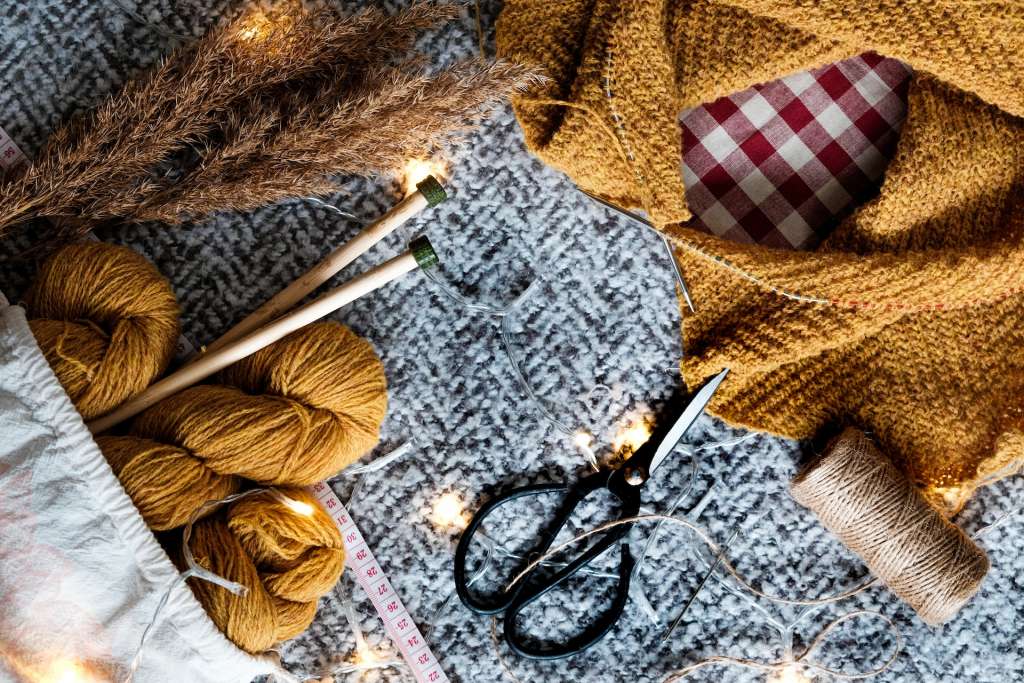
Fashinza is a cutting-edge fashion supply chain and product creation platform.
All you need to do is browse Fashinza and examine everything from design to delivery. To ensure ethical and sustainable production practices, Fashinza's partner factories are submitted to stringent audits. It is a manufacturing platform that links fashion companies with experienced manufacturers to handle clothing and fashion supply chain challenges.















